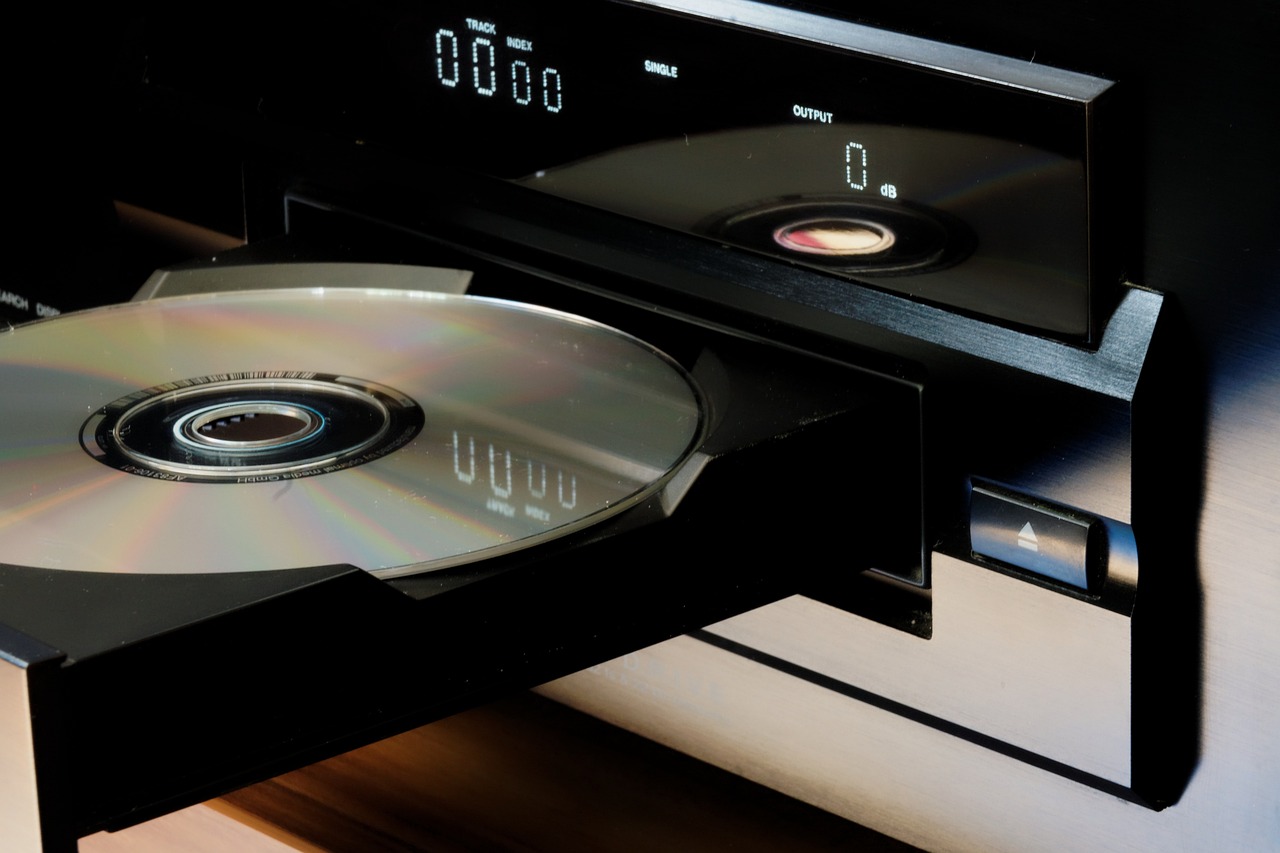Long before the era of powerful digital audio workstations (DAWs) like Ableton Live or Logic Pro, a different kind of music creation tool dominated the digital landscape. Known as “trackers,” these software programs carved out a unique niche in the late 1980s and 1990s, influencing the music world in ways that still resonate today. Tracker music, as it came to be known, represents a fascinating blend of technical ingenuity and creative expression.
What is Tracker Music?
Tracker music refers to compositions created using tracker software, which originated on early computers such as the Commodore Amiga, Atari ST, and later MS-DOS systems. Unlike traditional music creation tools that rely on recorded audio tracks, tracker software uses a grid-based interface to sequence sound samples. These samples, often short and digitally recorded, are the building blocks of tracker music. By manipulating pitch, tempo, and effects, composers could craft complex melodies, harmonies, and rhythms.
At its core, tracker music is sample-based. The user works with small sound snippets—anything from a synthesized bassline to a snippet of a drum hit—and sequences them in a grid-like structure called a “pattern.” Patterns are the fundamental units of a tracker composition, with each row representing a moment in time and each column corresponding to a specific track or channel.
The Structure of a Tracker
Trackers have a distinctive layout that sets them apart from modern DAWs. The interface typically consists of several vertical columns, each representing a track. Each column contains instructions for playing a note, specifying the sample to use, and applying various effects. For example, a row might include commands for triggering a note, changing its volume, or applying vibrato. The simplicity and clarity of this grid-based system make trackers both highly efficient and creatively open-ended.
Compositions are built from these patterns, which can be thought of as looping sections of music. Patterns are chained together to form a complete song, allowing for intricate layering and repetition without requiring vast amounts of memory—a crucial consideration in the early days of computing.
The Rise of Tracker Music
The birth of tracker music can be traced back to the late 1980s with the introduction of software like Ultimate Soundtracker for the Commodore Amiga. As computing power increased, so did the capabilities of tracker software. Programs like ProTracker (Amiga), FastTracker II (PC), Scream Tracker (PC), and Impulse Tracker (PC) brought new levels of sophistication to the tracker format.
One of the key appeals of tracker music was its accessibility. Unlike traditional recording studios that required expensive equipment, trackers allowed anyone with a computer to compose music. This democratization of music production led to an explosion of creativity, particularly in the demoscene—a subculture of programmers, artists, and musicians who created elaborate audiovisual demonstrations to showcase their skills.
Tracker Formats and Features
Tracker music is typically saved in specific file formats, each associated with a particular software. Some of the most well-known formats include:
- MOD: Popularized by early trackers like ProTracker, the MOD format is one of the earliest examples of digital music files.
- XM: Used by FastTracker II, this format introduced more advanced features like multi-sample instruments.
- IT: Associated with Impulse Tracker, the IT format expanded on earlier capabilities with improved sound quality and support for more tracks.
- S3M: Developed for Scream Tracker, the S3M format offered greater flexibility for sound design.
These formats allowed for compact file sizes, making tracker music ideal for early video games and demo productions, where memory constraints were a constant challenge.
Creative Possibilities
Despite their technical limitations, trackers offered a surprising amount of creative freedom. Musicians could experiment with effects like vibrato, portamento, and arpeggios to add expressiveness to their compositions. Real-time playback allowed for on-the-fly adjustments, encouraging a hands-on approach to music creation.
Trackers also introduced unique workflows that emphasized precision and iteration. Because every aspect of a composition was represented numerically—from pitch to effect parameters—users developed a deep understanding of the underlying mechanics of music. This technical knowledge often translated into innovative and unconventional compositions.
The Legacy of Tracker Music
Tracker music’s impact extends far beyond its original era. In the 1990s, it played a pivotal role in shaping the soundtracks of early video games. Games like Unreal Tournament and Jazz Jackrabbit featured tracker-based music, showcasing its ability to deliver rich and dynamic soundscapes within the constraints of early hardware.
The influence of tracker music is also evident in contemporary music production. Many electronic and chiptune artists draw inspiration from the aesthetics and techniques of tracker compositions. Even modern DAWs borrow some concepts from trackers, such as grid-based sequencing and sample manipulation.
Trackers in the Modern Era
While the heyday of tracker music has passed, its spirit lives on in modern software like OpenMPT (formerly ModPlug Tracker) and Renoise, which combine the traditional tracker interface with contemporary production features. These tools have attracted a dedicated community of musicians who appreciate the unique workflow and retro charm of trackers.
Moreover, tracker music has found a home in the growing retrocomputing and chiptune communities. Enthusiasts continue to create new compositions for vintage hardware, preserving the legacy of this unique art form.
Final thoughts
Tracker music stands as a testament to the ingenuity and creativity of early digital musicians. Born out of technical constraints, it evolved into a vibrant and influential medium that bridged the worlds of technology and art. Whether you’re a seasoned musician or simply a curious listener, exploring tracker music offers a fascinating glimpse into the roots of digital music production. Its blend of precision, experimentation, and resourcefulness continues to inspire, reminding us that great music isn’t about the tools you have, but how you use them.
More Tech News at gee-tech.com
Tech Breakthroughs in 2024: Major Leaps in AI and Virtual Reality Spark Conversations on the Future of Technology
The year 2024 saw an unprecedented leap in technology, especially in artificial intelligence and vir…








